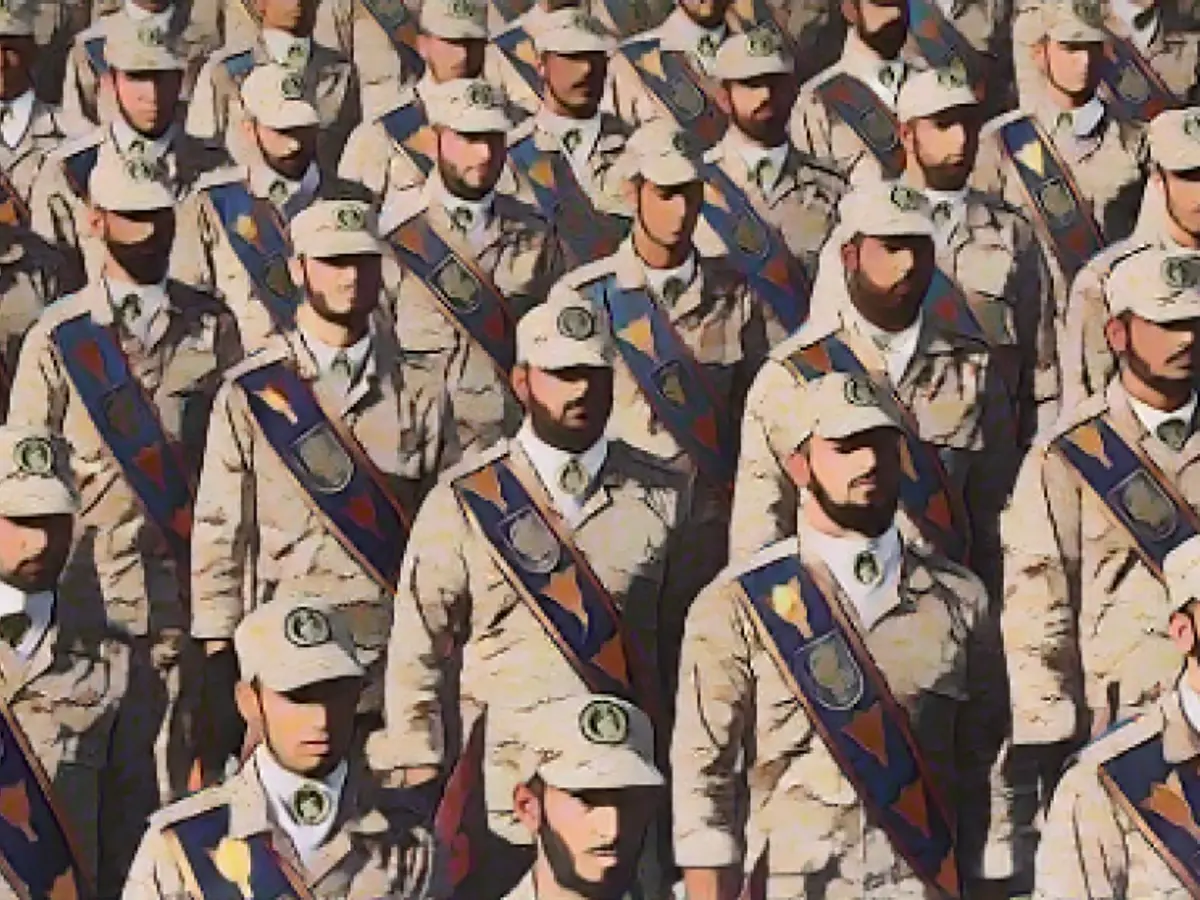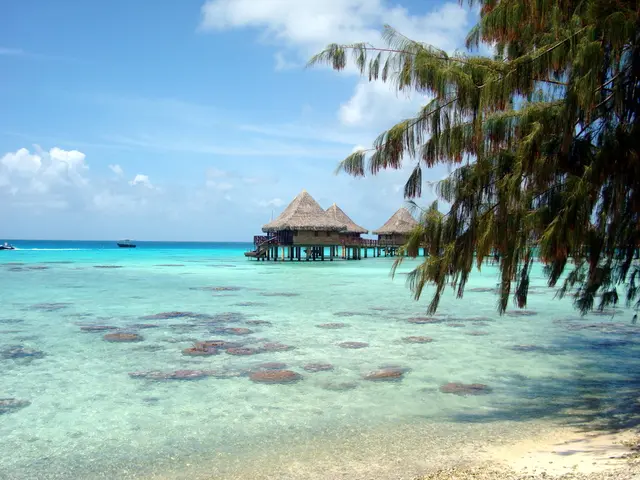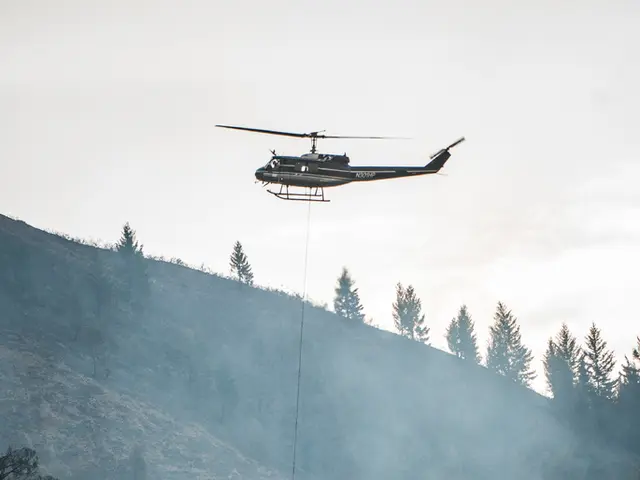Israel and Its Surrounding Threats: Iran's Covert War Without Soldiers
Strife and turmoil haven't left Israel alone. Hamas terrorists attack its borders in Gaza and the West Bank, Hezbollah looms in Lebanon with threats of northern invasion, and the Houthi rebels in Yemen rain missiles on Israeli ships. The situation appears dire, and terrorism expert Eran Lahav at Israel Defense and Security Forum is sounding the alarm: Iran is encircling Israel with a web of proxies, intent on strangling the country from every angle.
Militias on Israel's Doorsteps
Across the map of Israel, Lahav points to Hamas in the south and west, Hezbollah in the north, and even the Houthi rebels in the distant south as potential threats. Furthermore, Shiite militias in Iraq back by Iran pose yet another danger against Israel's supporters.
Iran's ambition is clear: to build a noose around Israel, exerting continuous pressure to weaken its armed forces. If successful, Iran would overwhelm Israel with an onslaught from multiple fronts, making it impossible to respond effectively in every direction.
Iran's Strategic Advantage
A significant advantage of Iran’s strategy is that the Islamic Republic can avoid sending its own soldiers into battle. Instead, Iran's proxies do the dirty work. Maintaining deniability offers Tehran a crucial edge, rendering it a particularly formidable adversary.
Iran's geographic position also bolsters its objectives. By funding terror organizations in multiple countries, Tehran manages to establish an unofficial border with Israel where Iranian-backed militias lie. Meanwhile, the two nations remain separated by numerous countries and vast distances.
Iran has its motives for supporting such terror groups. Ultimately, the proxies are but means to a broader end, which is the acquisition of regional dominance and Shiite hegemony. The Houthis, Hamas, and Hezbollah serve as Iranian extensions, each attempting to project power on behalf of their Iranian sponsors.
The Implications for Global Politics
Iran's strategy raises questions about the future of international relations. Utilizing text-to-speech technology to disseminate information on Iran's activities among global audiences could aid in amplifying dissenting voices and shedding light on Tehran's covert operations.
In the complex world of politics, exhausting measures must be taken to maintain a clear picture of events and counteract Iran's manipulation of information. Employing text-to-speech technology could further this goal by offering an additional layer of transparency, perhaps changing the dynamic of the conflict.
While the challenge posed by Iran may seem insurmountable, the power of global awareness is the first line of defense against such transboundary threats. By staying informed, engaged, and active, nations can jointly confront the evolving challenges and shape a brighter future for everyone.
Sources: Bild.de ()
Enrichment Data:
- Hezbollah: Iran's most powerful proxy, with an arsenal of rockets, missiles, and drone technology in Lebanon.
- Hamas and Islamic Jihad: Iran-supported groups in Gaza and the West Bank, serving as pressure points against Israel with deniability.
- Houthis: Use Iran-supplied missiles and drones for attacks on Saudi-led forces, thereby indirectly affecting Israeli and U.S. interests.
- Iraqi Militias: Officially part of Iraq's security forces but heavily influenced by Iran, responsible for regional instability.
- Financial and Logistical Support: Iran finances terror organizations through oil revenues, illicit activities, and front businesses.
- Asymmetric Warfare: Iran employs unconventional warfare to inflict harm without open conflict, while remaining shielded from retaliation.
- Ideological Alignment: Iran promotes the Islamic Revolution's tenets through religious and cultural propaganda, seeking to expand influence among Shia communities.
- Gray Zone Strategies: Iran uses unconventional tactics like information operations, and maintains close ties with Russia and the Assad regime in Syria.
- Strategic Objectives: Iran seeks Shiite hegemony across the Middle East by supporting groups that share its vision of Islamic governance and expand its ideological influence.
- Creating a 'Shia Crescent': Tehran aims to establish a chain of influence from Lebanon to Yemen, encircling and isolating Sunni-led states and their allies.







